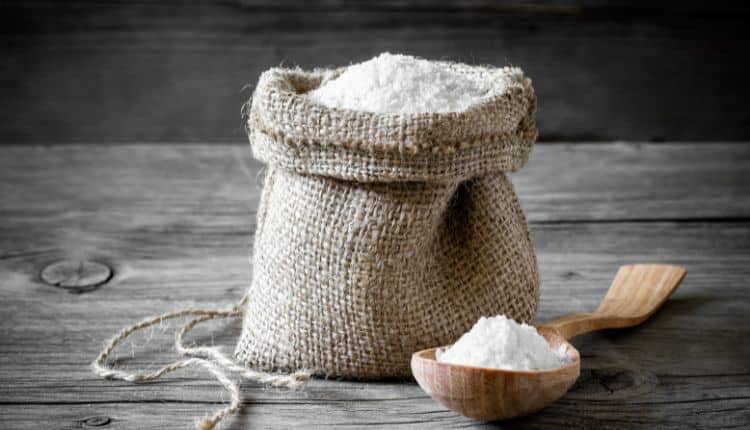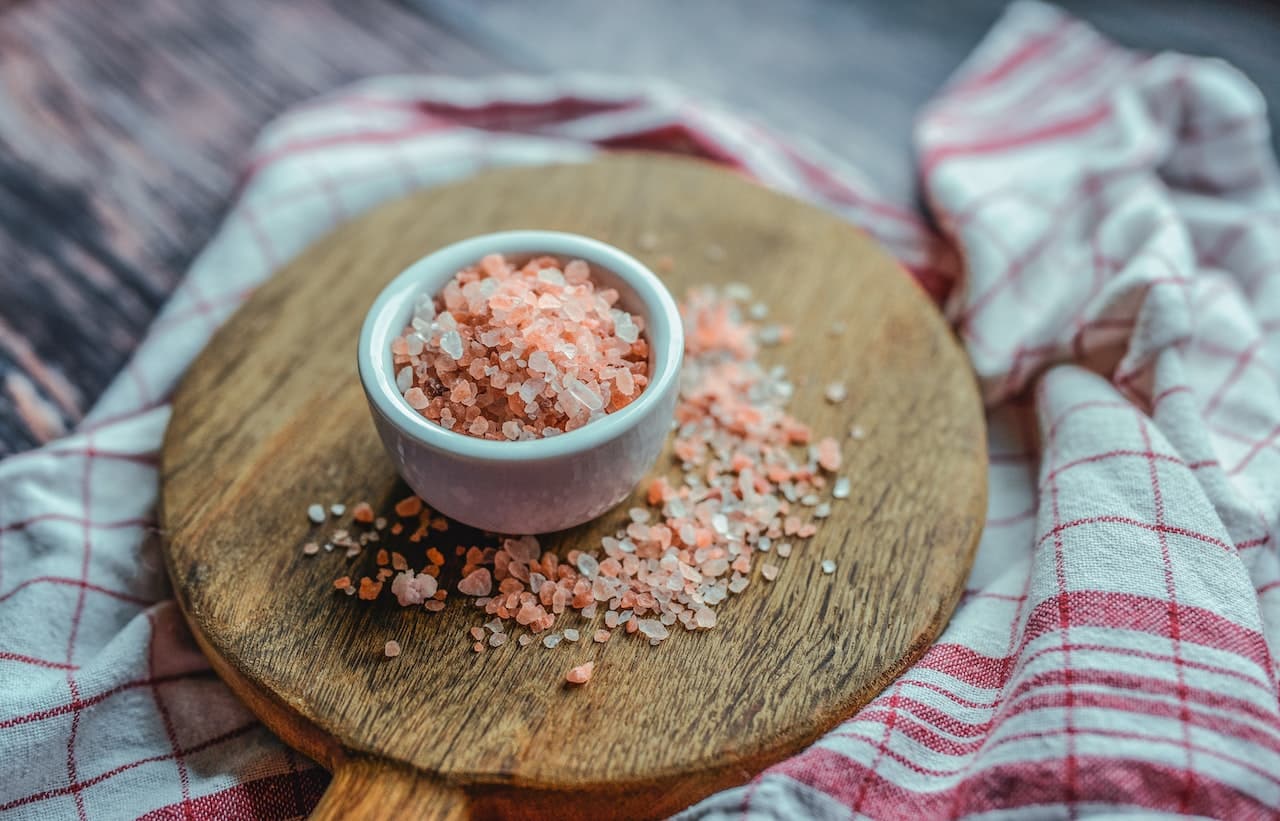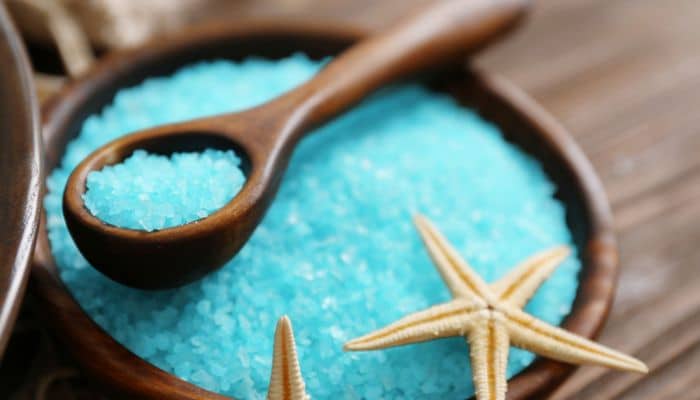If you embrace holistic wellness, you probably stay away from salt out of fear of spiking your blood pressure. However, sodium is an essential electrolyte, like calcium, magnesium or potassium. You need some to strike the right balance, and salt can forge an important link between wellness and sustainability.
This substance wasn’t always considered bad — quite the opposite. Many ancient cultures used salt as an integral part of certain healing practices, some of which remain effective today.
Furthermore, you won’t get very far with your fermenting ambitions without a little sodium chloride. That’s only one reason embracing sustainable wellness means embracing salt.
A Brief History of Salt in Wellness
Tucked in a faraway corner of Mesa, Arizona, is an unassuming-looking motel called the Buckhorn that was once world-renowned because of its mineral baths. Hippocrates — the father of modern medicine — once recommended salt baths for their curative properties against various skin ailments. People today continue to follow his ancient wisdom in treating modern diseases, as evidenced by day spas that still use it in healing rituals.
Salt plays a starring role in many spiritual rituals, symbolizing purity. It also plays a crucial role in food preservation, reducing the amount of water available for microbial growth. When used externally, it can make an effective scrub for sloughing that nasty gray stuff off your heels.
Why Is Sustainable Well-Being Important?
Sustainable well-being is a must in the modern world. Today’s fast-paced technological lifestyles have created a world of health troubles, from soaring Type 2 diabetes rates to increasing anxiety and depression.
What is sustainable well-being? It integrates various holistic health techniques, from nutritious eating to fitness activities like yoga. It’s a method of rearranging the modern world to fit the human animal instead of the other way around. For example, it includes setting reasonable boundaries on your working life to provide space and time for self-care.
What Is the Link Between Wellness and Sustainability?
Sustainable well-being is also vital for saving the planet. For example, over seven million people see their lives cut prematurely short each year because of air pollution. Those interested in wellness understand you can’t nurture health on an unlivable planet.
Therefore, they embrace holistic techniques that nurture the link between wellness and sustainability. For example, participating in activities like city-wide tree planting reduce carbon emissions while providing the following health benefits:
- Exercise: Moving outdoors stimulates blood flow and supports cardiovascular fitness.
- Community connection: Beat loneliness by meeting others who share your passion for saving the planet.
- Improved mental health: Volunteering stimulates the release of all sorts of happy neurotransmitters like oxytocin, dopamine and serotonin.
5 Ways to Use Salt to Support Sustainable Well-Being
You do need some salt in your diet for effective nerve function and maintaining your potassium balance, but you probably should consume less of it. However, here are five other ways to use salt to spur healing and support sustainable well-being.
1. Ferment Vegetables
Long before the days of Frigidaire, people kept their perishable vegetables safe for use over the winter by fermenting them. You’ll need the right combination of salt and water to make your brine, but you can increase the health properties of your meal by adding probiotics through this preservation method.
2. Heal Canker Sores and Sore Throats
Do you have a sore throat or one of those annoyingly painful white bumps inside your lip? Gargling with salt water a few times a day can help you heal more quickly. Half a teaspoon of table salt to eight ounces of water does the trick.
3. Open a Stuffy Nose
You should avoid over-the-counter nasal sprays containing oxymetazoline, as they can cause rebound stuffiness worse than the original problem. However, a simple saline rinse shrinks swollen nasal passages. You can buy commercial sprays or invest in a Neti pot that you can reuse anytime illness or allergies strike.
4. Soak an Ingrown Toenail
Has an ingrown toenail left you limping? Soak it in an Epsom salts bath to soften the offender and make it easier to trim. While you can buy specialty foot spas to do the deed, why not fill the tub? Losing yourself in a full-body Epsom salt bath helps ease sore muscles and promote skin health.
5. Ease Bug Bite Itchiness
Did a run-in with a mosquito clan leave you miserable? Mix a generous amount of salt with just enough water to create a paste and dab it over the swollen bumps to ease itching and decrease swelling.
Sustainable Wellness Means Embracing Salt
Salt is a natural substance used in holistic and sustainable wellness remedies since time immemorial. You can still access its healing power today.
Understanding the link between sustainability and wellness makes it logical to use salt for curing various ailments. Now that you know the truth, you can buy that carton of Morton’s without guilt.
Writer Bio

Beth is the Managing Editor and content manager at Body+Mind. She shares knowledge on a variety of topics related to nutrition, healthy living, and anything food-related. In her spare time, Beth enjoys trying out new fitness trends and recipes.




